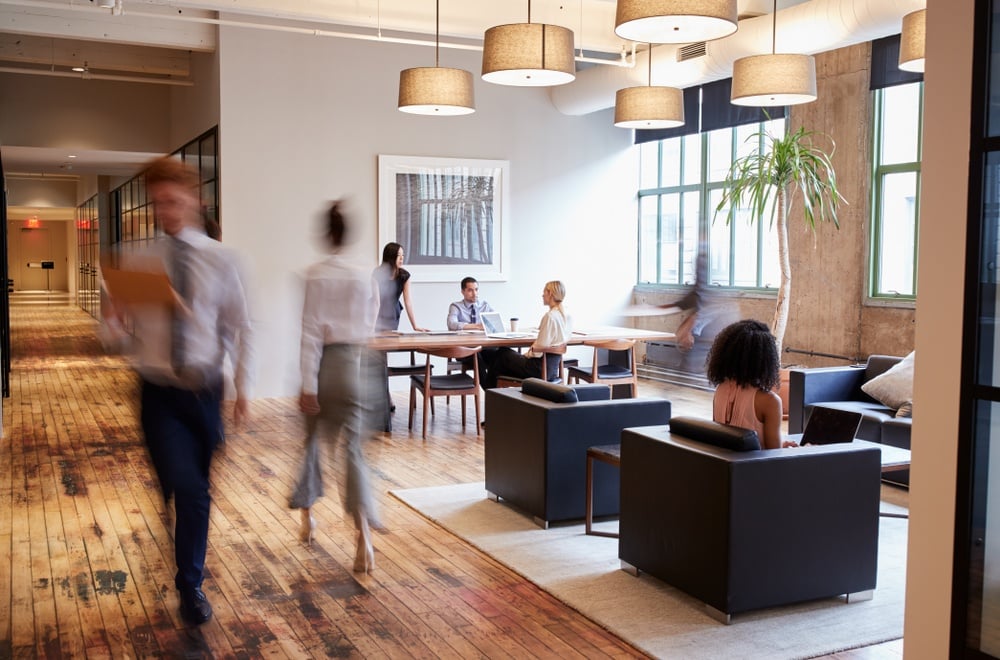Designer workspaces: The next employee wellness program?

Employee wellness programs are now considered an essential tool in improving employee health and wellness; with organisations benefitting from increased productivity and retention.
Until now the focus has been mostly outside the office environment, geared towards lunchtime yoga, health seminars and discounted gym memberships. Is it time organisations look within and consider how smart office design could be the key to supporting employee wellness?
Many employee wellness programs currently rely on employees opting in to participate and therefore only impact a certain percentage of the group, while an office that is designed specifically to support employees health, wellness, and productivity means every employee is positively affected in the office without having to give it a second thought.
A designer example
ASID is one such example, in 2015 when they set up new offices in Washington DC, they set out to create a space which would improve the organization’s productivity, engagement, and retention. They focused on elements that reduce stress by increasing air quality, reducing noise, circadian lighting, natural timber materials, greenery and privacy.
Poor air quality and lighting at work can have significant effects on brain function and productivity; causing headaches, eye strain, and tiredness. By ASID using circadian lighting systems; where the lighting follows the patterns of natural light over the course of a day, this helped their employees unwind after work and therefore improved their quality of sleep.
Not only do timber materials and greenery all contribute to the beautiful aesthetic of the office environment, they also enhance air quality, acoustics, energy efficiency and decrease stress.
In a 2015 Harvard University study, offices with increased ventilation and lower levels of air pollutants were linked to better employee performance.
The investment in their employees’ space paid off and in 2017 ASID were named the ‘greenest and healthiest office on the planet’ and they have seen their employee retention significantly improve, their productivity increase by 19 percent and their presenteeism increase to 90% of employees possible job performance.
Move around:
While many organisations such as ASID increasingly have no set desks for employees, organisations still need to consider varied workspaces to support their daily activities and increase employees’ overall well-being.
Designing the office to have sit stand desks, centrally based lunch rooms, areas for privacy and quiet and ‘neighborhood’ spaces that foster collaboration; all increase physical movement around the office.
Some offices are also using the lure of healthy food in strategic spots in the office to get staff moving away from their desks and improve their eating habits.
Stuck in a long lease?.
Consider these steps until you make the big move:
- Focus on making work a place where employees want to hang out, with areas for recharging and destressing and other areas to collaborate and connect with colleagues.
- Incorporate small bursts of potted greenery in your office and open windows if possible, to improve air quality.
- Many sit stand desks can be added to an employees existing set up
- One word. Dogs. Dogs in the office improve morale and reduce absenteeism and stress-related conditions.
Healthy, happy and productive employees are the end goal of an employee wellness program. If you would like to find more ways to light up your wellness program, engage with GB today.

